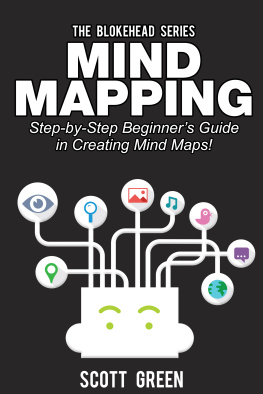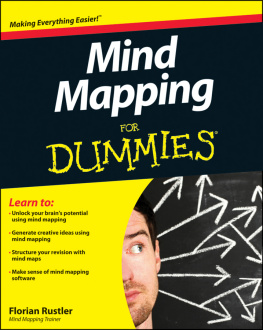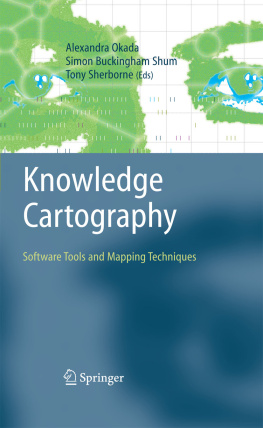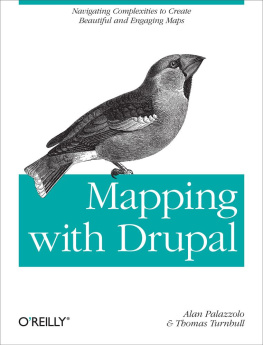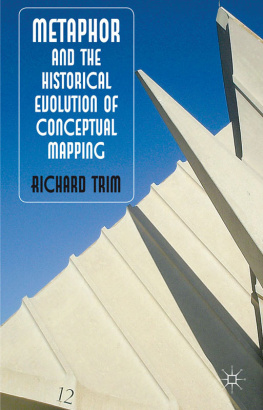

David Hyerle is an author, researcher, workshop leader, and keynote speaker focused on integrating thinking process approaches into 21st-century learning, teaching and leading implementation designs across whole schools. The creation of the Thinking Maps(r) model by David in the late 1980s emerged from his inner-city teaching experiences at the middle school level in Oakland, California. His development of Thinking Maps was also informed by his work with the Bay Area/National Writing Project and the Cognitive Coaching(tm) model. David completed doctoral work at the University of California, Berkeley, and Harvard Schools of Education in 1993, through which he refined the theoretical and practical applications of Thinking Maps as a language for learning and leading. Among the numerous professional books, articles, online/video courses, and resource materials he has authoredincluding the ASCD book Visual Tools for Constructing KnowledgeDavid has written the training materials for Thinking Maps and guided the professional development process with Thinking Maps, Inc. In recent years, David has coauthored the seminar guide Thinking Maps: A Language for Leadership and edited Student Successes With Thinking Maps, a book that synthesizes background research and documents the outcomes from the implementation of Thinking Maps. David now lives in New Hampshire with his wife, Sara, and their son, Alex, and works as the Founding Director of Thinking Foundation (.

I n the mid-1980s, Dr. Art Costa, then and now a leader in our field, opened my eyes to the complexity and elegance of our human capacity to think. Quietly, Art also opened several doors for me, one that led the ASCD in 1996 to publish and then distribute to all its members my first book, Visual Tools for Constructing Knowledge. Arts Prologue to this new book welcomed readers to that first edition. His words stand as a testament to the original nature of his thinking and the universal, enduring qualities of his insights. I am forever grateful to Art for his guidance.
Over all these years, I have been deeply influenced by many people who have developed visual tools. Tony Buzan, Gabriel Rico, and Nancy Margulies have given us rich brainstorming tools; Richard Sinatra, Jim Bellanca, and Bonnie Armbruster have offered an array of graphic organizers and research; and John Clarke, Joseph Novak, and the late Barry Richmond have offered us languages for mapping concepts and systems. These pioneers have built the trails upon which we now walk and the maps for navigating the complexity of the present knowledge network.
This revision was a struggle for me, for I wanted to synthesize these pioneering works with some of the new theory, research, and practice that may enlighten a new generation of work. The act of drawing together comprehensive research into the heart of practice is exciting, difficult, and time consuming. This is a task that Robert Marzano has taken on for years, and I appreciate his research and interest in translating research into practice, as well as the focus he offers us in the Foreword to this book.
In this edition, there are several new pathways thanks to Tim Van Gelder, Rob Quaden and Alan Ticotsky, and Christine Ewey, who show us, respectively, how to build mental models for reasoning, for systems thinking, and for integrating multiple forms of information into visual frameworks. The last two chapters of the book are anchored by four authors offering new insights into the practice of Thinking Maps, the work that long ago became central to my life journey. Many thanks to Stefanie Holzman, Sarah Curtis, Larry Alper, and Cynthia Manning for concretely detailing how Thinking Maps are used as a language for learning and leadership across entire schools.
If there is one simple lesson I have learned through my work with visual tools, it is that the form, or design, of knowledge is inseparable from the content and processes of creating that knowledge. Unlike most books in education, this book is rich with the interplay of text and graphics, requiring important design decisions. Thank you, Hudson Perigo, executive editor of Corwin Press, and the team of Lesley Blake, Jane Haenel, and Dorothy Hoffman for the high-quality production of this book, thus giving you, the reader, an opportunity for clearly viewing the form and function of visual tools.
PUBLISHERS ACKNOWLEDGMENTS
Corwin Press gratefully acknowledges the contributions of the following reviewers:
Mark Bower
Director of Elementary Education and Staff Development
Hilton Central School District
Hilton, NY
Mark Johnson
Principal/Curriculum and Assessment Facilitator
Glenwood Elementary
Kearney, NE
Judith A. Rogers, EdD
Professional Learning Specialist
Tucson Unified School District
Tucson, AZ

The Corwin Press logoa raven striding across an open bookrepresents the union of courage and learning. Corwin Press is committed to improving education for all learners by publishing books and other professional development resources for those serving the field of PreK12 education. By providing practical, hands-on materials, Corwin Press continues to carry out the promise of its motto: Helping Educators Do Their Work Better.
 The Mapping Metaphor
The Mapping MetaphorT eachers around the world are often mystified by the mismatch between their perceptions of students thinking and classroom performance. These perceptions may be positive, as offered in the following statements you may have heard yourself say:
I know that he has great ideas, but he cant seem to get them out in his writing! His writing is always a jumble.
She has amazingly creative ideas but has a very hard time articulating them.
I give my students the information, but when they come back with itif they can remember itits a disorganized mess! They are smart, but they simply dont know how to organize their ideas.
I tell them the steps, and I know they can do it, but they often have to be told over and over again to get it right.
The perceptions may also be dangerously negative and detrimental, as some educators work from a deficit model, especially with students of color, students who are learning English as their second language or discourse (Mahiri, 2003), and students who come from families living in poverty. Here are some examples that I have heard over 25 years of working in urban schools with a high percentage of children of color, many of whom also live in poverty:
These children just cant think.
I ask them to tell me what they are thinking and they just dont say anything. I ask them to write and the words are a jumble.
Well, you know, look where these children come from. They just dont have the prior knowledge to make it.
How can they think if they dont have any vocabulary?
These very same concerns may be heard in the workplace as well, as supervisors recognize the talents in people yet are perplexed by the quality of work produced or dont recognize the talents of people because of cultural mismatches or institutional structures.


